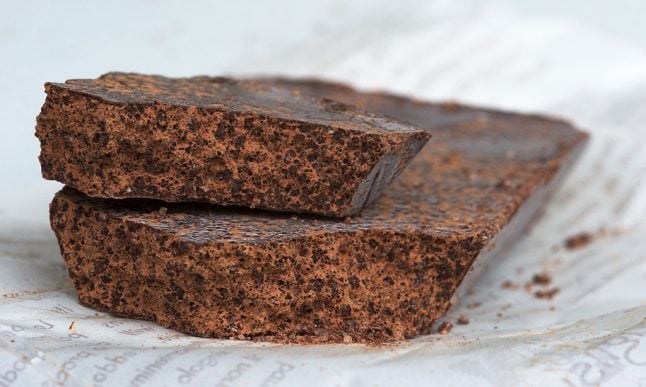Now Italian artisans are seeking European protection for the distinctive chocolate made in the town of Modica, near the southern tip of Sicily.
One of the region’s representatives in the national Chamber of Deputies, Nino Minardo, has appealed to the European Parliament to help get Modica’s chocolate the EU's Protected Geographical Indication (PGI) that certifies the authenticity of products unique to a particular area.
“This prestigious product is a true treasure for our region and must therefore be protected and safeguarded from imitation at all costs,” Minardo said.
Modica chocolate is produced according to a technique passed down from the Aztecs, making it one of the closest things we have to the “original” chocolate first consumed by the ancient people of the Americas.
The recipe made its way to Sicily via 16th-century Spanish explorers, who brought back exotic foods from their missions to conquer the New World. Sicily, which was ruled by Spain at the time, was one of the places where the production of xocoàtl – the Aztec name for chocolate – subsequently took off.
The same fundamental technique is still practised by artisans in Monica today.
It involves grinding cocoa beans by hand to a paste, incorporating sugar and flavourings such as vanilla or cinnamon, then placing it in a traditional rectangular mould to set.
Because the temperature of the chocolate never rises above around 40C – much lower than in industrial processing – the cocoa butter doesn’t separate, nor does the sugar entirely melt. It’s this that gives Modica chocolate its distinctive rich flavour and slightly grainy texture.
The low-tech process is believed to preserve more of the antioxidants and other beneficial substances contained in cocoa beans – including, according to the Aztecs at least, a natural aphrodisiac.
Stimulants aside, with no added milk and a relatively low sugar content, Modica’s crunchy, bitter bars are probably healthier than most industrial chocolate.
While Modica chocolate has been granted preliminary approval for PGI status, producers are still waiting for the recognition to become official. If it does, it will be Europe’s first protected chocolate.




 Please whitelist us to continue reading.
Please whitelist us to continue reading.